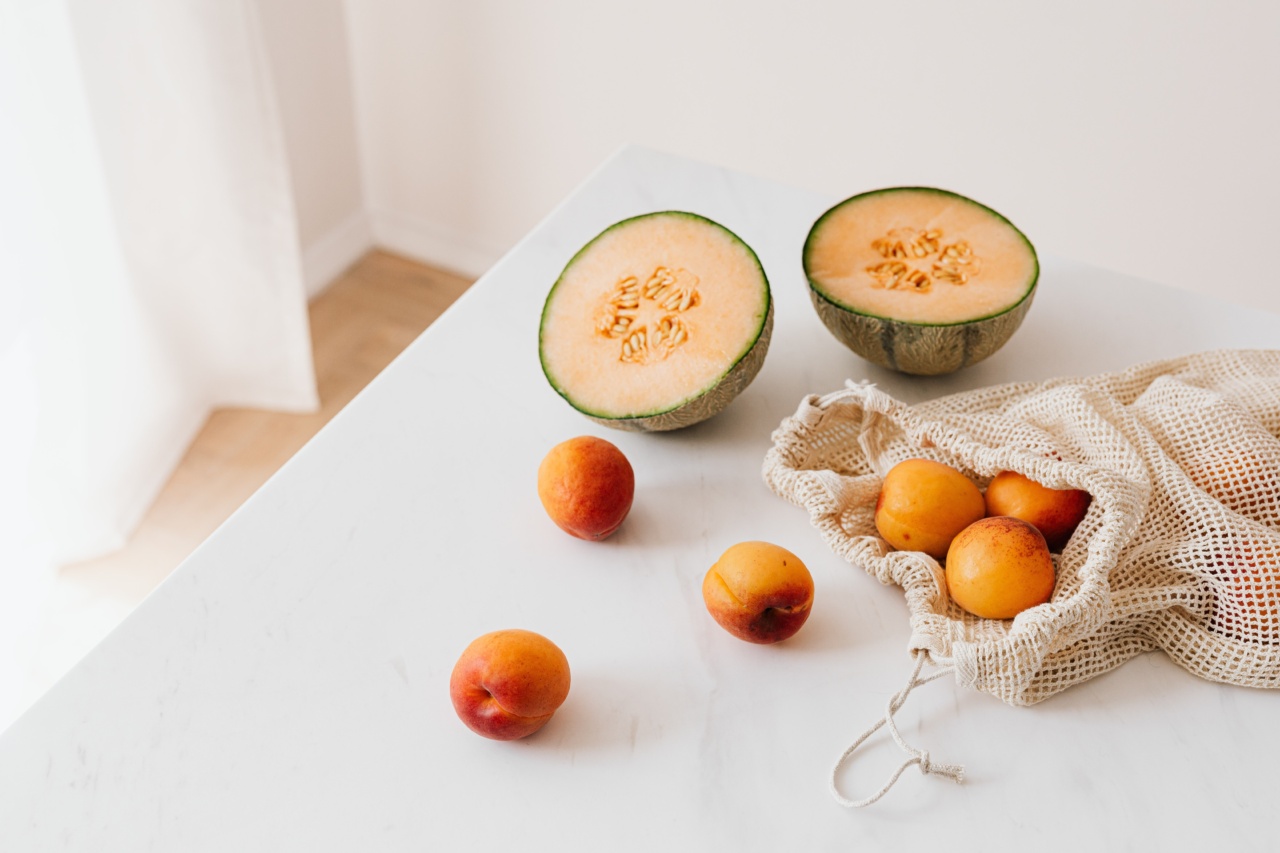When it comes to fruit, we often associate it with health benefits and essential nutrients. However, there is one fascinating aspect of fruit that is often overlooked – the high-pressure phenomenon.
High-pressure fruit is not only delicious, but it also poses a certain level of danger that adds to its appeal. In this article, we will explore the world of high-pressure fruit, the science behind it, and the risks and rewards of indulging in these tantalizing treats.
What is High-Pressure Fruit?
High-pressure fruit refers to fruits that naturally build up internal pressure as they ripen. This pressure is a result of cellular processes within the fruit, and it can be remarkably high.
In fact, some fruits have been known to reach pressures of up to 500 pounds per square inch (PSI). To put this into perspective, car tires are typically inflated to around 30-35 PSI. Therefore, the pressure inside these fruits is significantly more intense than what we encounter in our daily lives.
The Science Behind High-Pressure Fruits
The high pressure within these fruits is primarily due to the accumulation of water and other soluble compounds. As the fruit develops, water enters the cells and fills up the vacuoles – tiny compartments within the cells.
At the same time, sugars and other substances dissolve in this water to create a highly concentrated solution. This combination of water and solutes exerts significant pressure on the cell walls, resulting in a build-up of internal pressure.
Examples of High-Pressure Fruits
While many fruits possess some degree of internal pressure, certain varieties are known for their exceptionally high levels. Here are a few examples of high-pressure fruits:.
- Apples: Apples are notorious for having high internal pressure levels, particularly crisp and juicy varieties like Honeycrisp and Granny Smith.
- Pears: Pears, especially varieties such as Bosc and Anjou, exhibit a satisfying crunch due to their high pressure.
- Stone fruits: Fruits like peaches, nectarines, and plums are also considered high-pressure fruits, providing a burst of flavor with every bite.
- Grapes: While not typically associated with high pressure, certain grape cultivars, such as the Concord grape, can surprise you with their explosive juiciness.
The Delicious Danger of High-Pressure Fruit
One of the most exciting aspects of high-pressure fruit is the thrill they bring to the dining experience. Biting into a high-pressure fruit is like uncovering a hidden surprise.
The release of pressure within the fruit creates a burst of flavor and an explosion of juices that awaken the taste buds.
However, the danger lies not only in the intense pressure but also in the potential for explosive reactions when these fruits are mishandled.
If subjected to too much force or pressure, high-pressure fruits can burst open, potentially causing injury to both the fruit and those nearby. The risk of injury is higher when using sharp objects like knives to cut into these fruits.
How to Safely Enjoy High-Pressure Fruits
While the danger of high-pressure fruits may sound daunting, there are ways to enjoy them safely. Here are some tips to savor the deliciousness without risking injury:.
- Handle with care: Always handle high-pressure fruits gently to avoid sudden ruptures. Avoid squeezing or applying excessive pressure to the fruit.
- Be mindful when cutting: When cutting high-pressure fruits, use a gentle touch and opt for a paring knife rather than a large chef’s knife. Slowly release the pressure by cutting into the fruit with controlled and deliberate movements.
- Protect your eyes: To shield yourself from unexpected juice explosions, consider wearing protective eyewear while enjoying high-pressure fruits.
- Chill before indulging: Cooling high-pressure fruits in the refrigerator can help stabilize their internal pressure, making them less prone to bursting.
- Share the experience: Enjoy high-pressure fruits in the company of others, but be sure to educate your fellow fruit enthusiasts about the potential risks involved.
Can High-Pressure Fruits Be Engineered?
Given the unique and exciting properties of high-pressure fruits, scientists have delved into the possibility of manipulating fruit biology to enhance these traits.
By carefully selecting and breeding fruit varieties with higher internal pressure, it may be possible to create fruits with even more explosive flavors and textures.
However, it is essential to acknowledge the potential risks associated with these engineered fruits. As pressure increases, the chances of unexpected ruptures and injuries also escalate.
Therefore, while the idea of supercharged high-pressure fruits is intriguing, it must be approached with caution and responsibility.
The Health Benefits of High-Pressure Fruits
Beyond the delicious danger they offer, high-pressure fruits boast numerous health benefits. They are excellent sources of essential vitamins, minerals, fiber, and antioxidants.
Consuming high-pressure fruits as part of a balanced diet can help support overall well-being, including cardiovascular health, digestive function, and immune system strength.
Furthermore, the burst of flavor created by the release of pressure can enhance the eating experience, leading to greater satisfaction and potentially reducing the desire for unhealthy snacks or excessive food consumption.
The Fascination with High-Pressure Fruits
High-pressure fruits have become a topic of fascination among chefs, food enthusiasts, and scientists alike.
Their unique properties have sparked interest in various fields, leading to the discovery of new culinary techniques and potential applications in food science.
From molecular gastronomy to food preservation, the study of high-pressure fruits has opened doors to innovative culinary possibilities.
Chefs have found creative ways to incorporate the explosive flavors of high-pressure fruits into their dishes, tantalizing taste buds with impressive texture and taste combinations.
Conclusion
High-pressure fruits are more than just ordinary fruits – they provide a thrilling sensory experience and possess unique culinary potential.
While caution must be taken when handling and consuming these fruits, the rewards are well worth the risks. So, the next time you bite into an apple or indulge in a juicy pear, marvel at the delicious danger hidden within these high-pressure wonders.































